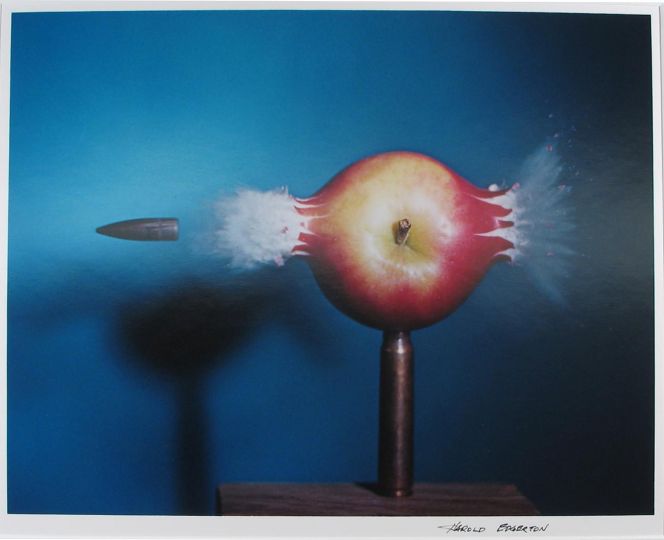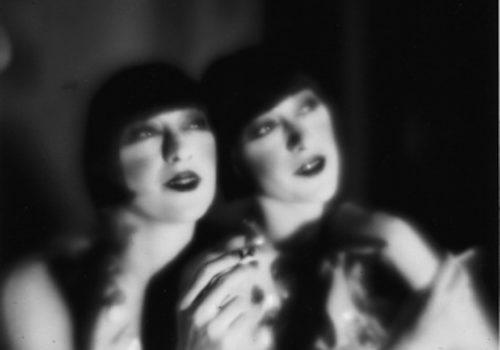From July 4 to August 20, The Eglise Saint-Blaise will be hosting the burgeoning works of three graduating students from the Ecole Nationale Supérieure de la Photographie (ENSP). Oscar Dumas, Julie Fischer and Pierre Toussaint were selected by a jury comprised of François Hébel (director of the Rencontres d’Arles), Géraldine Lay (photographer and production manager for Actes Sud) and Bertrand Mazeirat (Manager of the Domaine du Château d’Avignon). The Arena Gallery of the ENSP, will display until September 4 works by Sophie Ristelhueber and Willie Doherty, in an exhibition entitled Ellipse.
This exhibition explores the early days of the ENSP, created in 1983 by then Visual Arts Delegate Claude Mollard, and inaugurated by François Mitterrand in 1985.
A discussion with a fervent photography fan, a long-time politician turned writer.
Throughout your career, you stood up for photography, directed the CNP in 1982, and one year later created the Ecole Nationale Supérieure de la Photographie, today one of France’s most respected photography schools. Can you describe the context and time period when the ENSP was created?
At the time, I was working alongside then Culture Minister Jack Lang. Our mission was to develop a plan to regenerate cultural creation. That is how the Visual Arts Delegation was created. I was named Delegate in 1982 to bring photography (alongside design, fashion, cartoon work…) to a level similar to painting or sculpture. Two important factors led to the creation of the ENSP: the first was the political impetus to shake things up and diversify, allowing photography to take its rightful place; and the determination to create a new type of school reliant on both theoretical and practical methods, employing teachers and field professionals. This new type of educational method, a French exception, attracted students not only by merit, but by motivation. That is how this unique Arlesian photography university was born in 1983.
Why Arles for this new photography school?
In the early 1980’s, there was Interior Minister Gaston Deffere’s law about decentralizing and reorganizing the relationship between federal and local government. It was logical then to decentralize this new establishment. The cultural industry was burgeoning in Arles, with the Rencontres celebrating its 10th anniversary and with Actes Sud books settling in Méjan, the location was a logical choice. Lucien Clergue, Maryse Cordesse and Jean-Maurice Rouquette were also hoping to develop a platform for photography, it seemed that Arles would be the ideal place for opening the Ecole Nationale Supérieure de la Photographie !
What do you think about the ENSP, 25 years later ?
It’s on the right track !
Did you think, when the school began, it would have such a fine reputation ?
I worked on the creation of the Centre Georges Pompidou, and I fought for the museum’s photography department that would be directed by Alan Sayag for several years. At the time, photography was an afterthought, it was a real battle to have the medium recognized as art. I knew that this school was necessary, even if it was pretentious to say. Despite my confidence, the ENSP is even beyond what I had hoped…
Ericka Weidmann
















